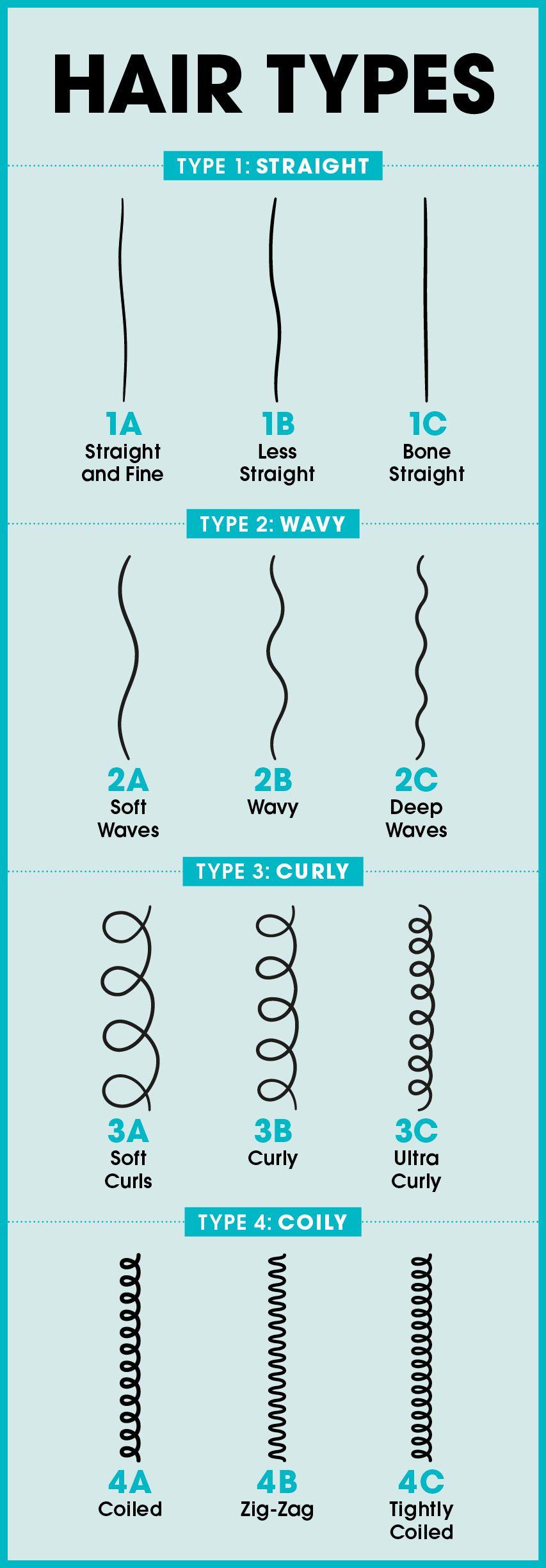In the intricate tapestry of human diversity, few elements are as personally defining and universally varied as our hair. It frames our faces, complements our identities, and even tells silent stories of our heritage. Yet, beneath its apparent simplicity lies a world of complexity and subtlety—each strand a testament to nature’s artistry. As we embark on a journey to understand the differences between hair types and textures, we unravel more than just physical attributes; we delve into a realm where biology meets beauty, where science informs style. This exploration not only empowers us with knowledge but also enriches our appreciation of the unique qualities that make each of us distinct. Prepare to unlock the secrets of your locks and discover the nuanced interplay between genetics and grooming that shapes the crown we wear every day.
Decoding the Spectrum of Hair Types and Textures

Every strand of hair is a unique testament to its own nature, reflecting a dazzling spectrum of types and textures. Hair types can generally be categorized into four main types: straight, wavy, curly, and coily. Within these categories, textures range from fine and silky to coarse and wiry, each with its own set of characteristics and care requirements. Understanding these nuances not only aids in choosing the right products but also in embracing the natural beauty of your hair.
- Straight Hair: Often sleek and shiny, tends to get oily faster due to the direct path of sebum from the scalp.
- Wavy Hair: A delightful balance, with a slight ‘S’ pattern, offering a natural bounce and volume.
- Curly Hair: Spirals that range from loose to tight, demanding moisture to maintain its vibrant curl pattern.
- Coily Hair: Characterized by tight curls or zig-zag patterns, often densely packed and in need of rich hydration.
Texture plays a pivotal role in determining how your hair reacts to different styles and treatments. Fine hair can be prone to breakage but is often easier to style, while coarse hair, though resilient, may require more intensive moisture treatments to maintain its health. Understanding your unique hair type and texture is the first step towards a tailored hair care routine that enhances your natural locks.
Unveiling the Science Behind Your Hairs Unique Characteristics
Each strand of hair is a masterpiece of biological engineering, showcasing a fascinating interplay of genetics, environment, and care routines. At its core, hair’s unique characteristics are shaped by its type and texture. These elements are primarily determined by the shape of the hair follicle, the distribution of keratin, and the level of sebum production. Understanding these differences is crucial for tailoring your hair care regimen and embracing the beauty of your natural locks.
- Hair Types: Generally categorized as straight, wavy, curly, or coily, each type has its distinct growth patterns and care needs.
- Hair Texture: Refers to the thickness of the individual hair strand, ranging from fine to medium to coarse.
- Porosity: Dictates how well your hair can absorb and retain moisture, influencing styling and product absorption.
The follicle shape plays a pivotal role, with round follicles producing straight hair and oval follicles resulting in curls. Additionally, genetic factors influence the number of disulfide bonds in the hair shaft, further defining curl tightness. Embrace these scientific insights to optimize your hair care strategy and enhance your hair’s natural allure.
Expert Recommendations for Tailoring Hair Care to Your Texture
Understanding your hair’s unique texture is crucial for crafting a hair care routine that brings out the best in your natural locks. Experts advise tailoring your regimen based on your specific hair type, as each texture has distinct needs and challenges. Here are some tailored recommendations:
- Fine Hair: Opt for lightweight, volumizing products that won’t weigh down your strands. Regular use of a clarifying shampoo can help remove buildup, allowing your hair to breathe and maintain its natural bounce.
- Curly Hair: Hydration is key. Use deep conditioning treatments regularly and consider products with natural oils like argan or jojoba to enhance curl definition and reduce frizz.
- Thick Hair: Look for nourishing shampoos and conditioners that provide moisture without leaving a greasy residue. Styling creams can help manage volume and keep your hair smooth and manageable.
- Coarse Hair: Embrace rich, creamy products that offer intense moisture. Weekly hot oil treatments can add shine and suppleness, making your hair more manageable and less prone to breakage.
By focusing on these expert-backed strategies, you can ensure your hair care routine is as unique as your texture, leading to healthier, more vibrant hair.


